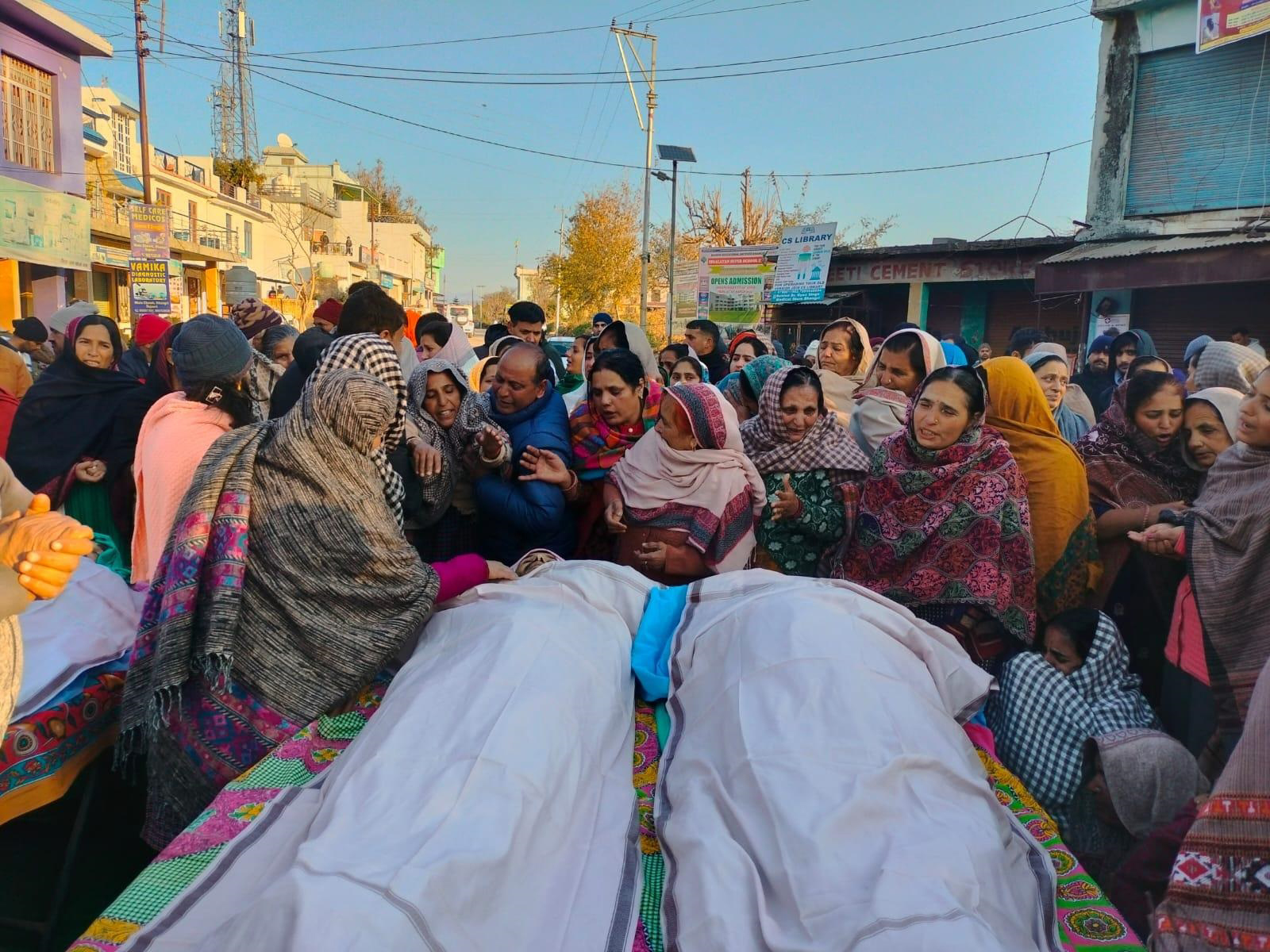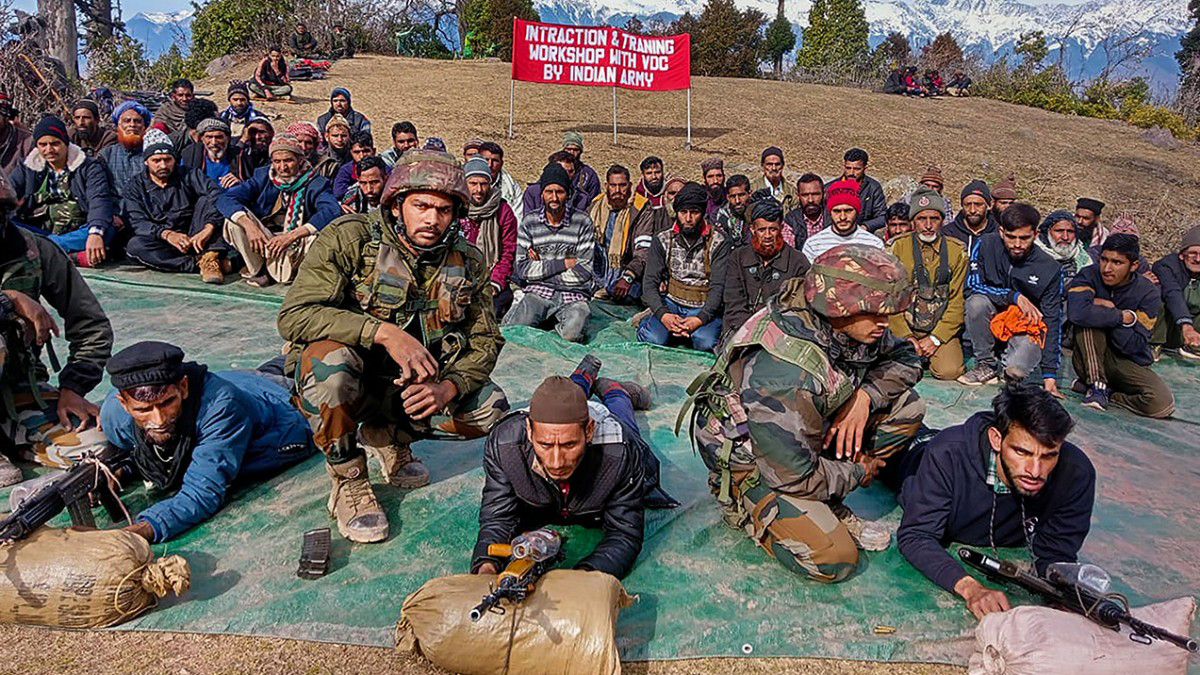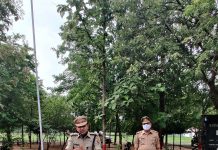
The resurfacing of militancy-related violence in Jammu has caught the security forces off guard. Some attribute the violence to the militants’ attempt to extend the armed campaign to Jammu to stretch the security forces who are now concentrated in valley, writes Riyaz Wani
Rajouri in Jammu division is once again on the radar due to the recent uptick in militancy-related violence. On the very first day of 2023, four civilians were killed and six others injured when militants barged into and opened fire in at least three houses of a minority community in a border village in the district. Within hours after the killings, a blast at one of the houses that were the militants’ targets killed a child and injured four others. Since then two more civilians have died raising the toll to seven. Although a week later, the Army killed two unidentified militants in the district, the situation is far from under control.
Successive incidents have momentarily shifted the attention away from the lingering turmoil in the Kashmir Valley to Jammu which has otherwise been free of militancy over the last two decades – the sporadic incidents of violence notwithstanding. But the last two years have witnessed some revival of militancy in the twin districts of Rajouri and Poonch.
In August last year, four soldiers and two militants were killed during a fidayeen attack on an Army camp in Rajouri.
Poonch and Rajouri districts were sites of several attacks during summer of 2021 that killed fourteen soldiers, eight militants, including one in custody. The districts were, however, largely calm through 2022.
New militant stronghold?
But if the situation of the last fortnight is anything to go by, the areas in Jammu are once again threatening to become a militancy hotbed. And the recent civilian fatalities underline the enormity of the challenge. Though the number of militants is not known, they are believed to have infiltrated from across the border.
The densely forested area has made it difficult for the security forces to track them down.
The return of militancy-related violence to Jammu has surprised Kashmir observers even while it has caught the security forces off guard. What makes the situation more worrisome is that the forest area where the militants are apparently sheltered extends up to Shopian in South Kashmir. The infiltrating militants are believed to have been using this route to reach South Kashmir. But now they have decided to stay in Jammu itself, and in the process, they seem to have eluded capture – although six militants have been killed so far over the last month.
There are two principal explanations proffered by Kashmir observers for the militants choosing to linger in Jammu: one, there is an attempt to once again extend the armed campaign to Jammu to stretch the security forces who are now excessively concentrated in the Kashmir Valley. Second, to exploit the void created in the area by the redeployment of the Rashtriya Rifles, the main counter-insurgency force in J&K, to the Line of Actual Control in Ladakh since China’s incursions along the border.
While militancy seems to be rearing its head in Jammu division, the ceasefire along the Line of Control has held. In early 2021, India and Pakistan agreed to renew their 2003 ceasefire along the Line of Control that brought an end to frequent cross-border skirmishes. This also made it possible for India to redeploy troops to Ladakh. The thinning of the troops along the border in Jammu is now believed to have facilitated the sporadic infiltration of militants who are currently engaging the security forces.
In Kashmir Valley, on the other hand, the militancy has largely been brought under control, and the estimated number of militants has dwindled to 150 or thereabouts. Ever since the withdrawal of J&K autonomy in August 2019, around 500 militants have been killed in the UT, most of them local youth. Though this has reduced the number of militants, the violence has lingered. And over the last year, the militants have chosen to attack soft targets – civilians, panchayat workers, J&K police personnel visiting home, outsiders and minorities – instead of engaging security personnel. Security forces, as a result, now not only have to combat militancy but also protect a large section of population including many from among their own ranks.
The resurgence in violence hasn’t, however, dented the larger drift of normalcy in the Union territory yet. While the violence has become more conspicuous in recent months, it is still on the margins in so far as its impact on daily life. Tourism is at an all time high after many years. Last year, over one crore people visited J&K. Most hotels, according to UT’s tourism department, are booked through the winter. And as things stand, tourism will continue.
This is why the surge in violence in Jammu assumes significance. It detracts from the semblance of peace in the Valley and revives a now long-pacified theatre of war in J&K. But if we go by a similar short-lived escalation in Poonch-Rajouri in 2021, there is hope that the current violence may not last long.
Village Defence Groups
Meanwhile, the government is trying to combat resurgence in militancy by reviving the defunct Village Defence Committees in Jammu division. As part of the programme, the government trains and arms the villagers so that they can defend themselves against the militants. There are already 5,000 armed members in the district, and more villagers are registering to get weapons. Earlier the members were equipped with a .303 rifle and 100 rounds of ammunition. Now the government is also planning to equip them with SLR rifles.

“We are giving them new arms and ammunition, rejuvenating them, organising firing practice sessions for them,” the Senior Superintendent of Police Mohammad Aslam told the media. “Operations to track down terrorists are underway too,” he said
The committees were set up almost 30 years ago when militancy was rampant in Jammu and local people had joined militant ranks in large numbers. When they were constituted in the mid-nineties, there were 26,567 VDC members fighting militancy in 10 districts of Jammu province and Leh district of Ladakh and around 96 percent of them were Hindus.
But after militancy dwindled in the late 2000s and was eventually wiped out, the VDCs became redundant. But they continued to remain in existence for a while. But later when many cases of human rights violations were attributed to them – which included the killing of a National Conference (NC) youth leader, Ishtyaq Choudhary, by Kewal Kumar Sharma, a VDC member, in Rajouri’s Kalakote area – the successive government moved to gradually disband them.
The government is now seeking to revive them to meet the fresh threat of militancy in the region. But are the new signs of militancy in Jammu for real? Many analysts don’t think so. The coming weeks and months, however, will make things more clear.











